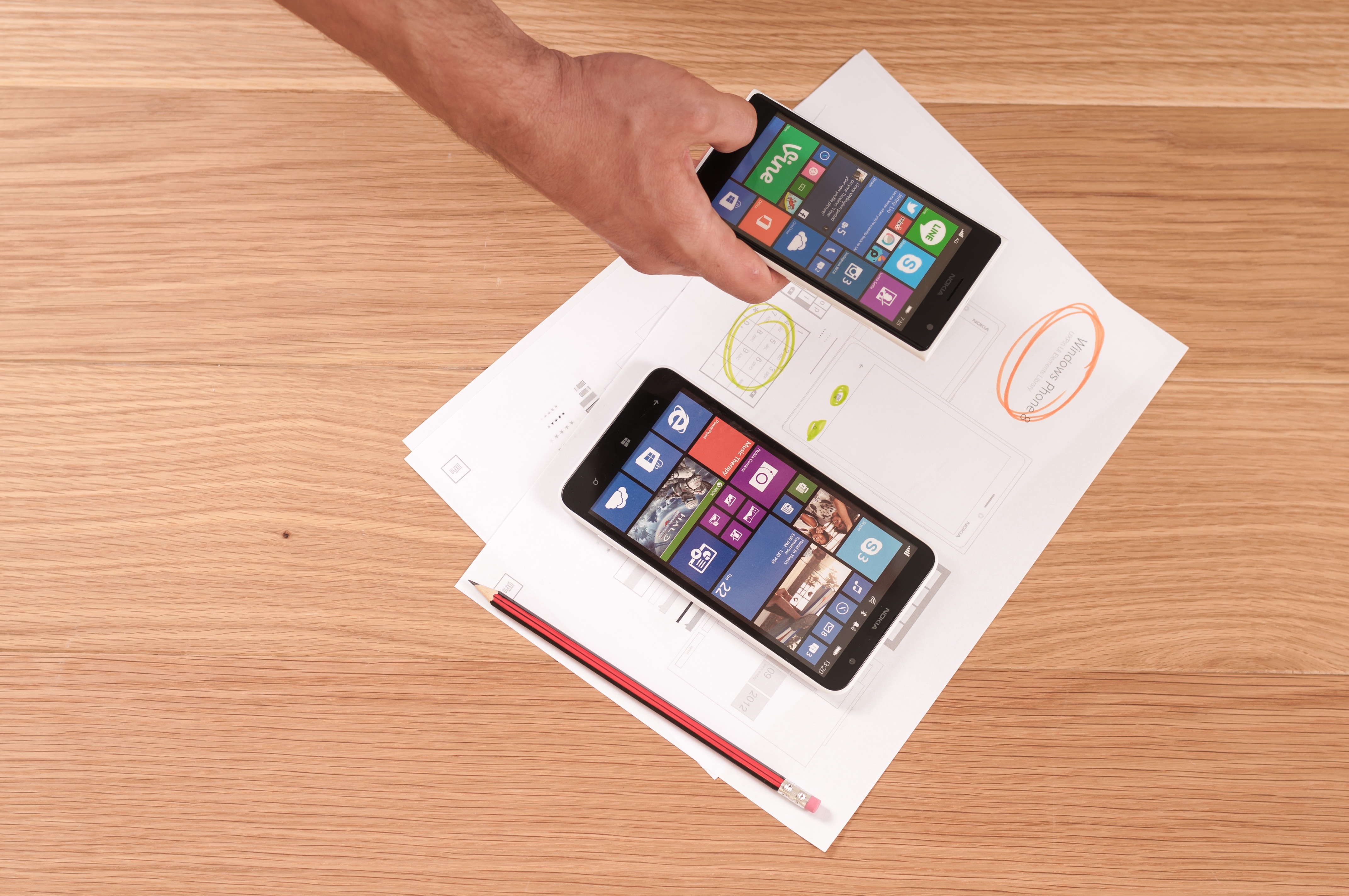Poles spend more than 6 h on Internet each day, of which 4.4 h on desktops and 1.3 h on mobile devices – according to We are social report published in 2016. Last year, the number of mobile users could increase significantly. However, this does not mean that Poles spend less time on the desktop. Surfing the Internet spread over several devices, depending on where we are. How use their advertising power?
Cross mean several devices
According to Nielsen, global research company, average American consumer uses four devices with Internet connection. The digital market is characterized by a large diversity of recipients, so the message addressed to a single user can reach many people. When DSPs want to run a campaign between devices, it must collaborate with vendors or expand ID mapping across multiple devices. Matching number has evolved over the years to such an extent that by collecting billions of anonymous data from computers, tablets, smartphones, system is able to assign them to individual owners.
Two leading methods
There are currently two ways to collect data and connect users to specific devices:
- Deterministic – connects login information of users from applications and web pages. The deterministic identification is more accurate than probabilistic. Large companies, such as Facebook, can track users without requiring to use personal information (PII). All you have to do is log in to the site using the same username and password, but to different devices.
- Probabilistic – the algorithm analyzes thousands of different anonymous data such as devices, operating systems, time of day or frequently visited sites. This way different devices can be assigned to a specific person. Although this method is not 100% perfect but is becoming more and more popular. The favor is a fact that it does not require any privacy questions that are required for cookies.
At a time when marketers are not able to recognize users of all devices, they must not only face the challenges of targeting, but also the possibility of data loss and tracking of attribution. Multiple device identifiers allow advertisers to target a message to a single user but to different devices. This gives consumers a specific ad that has a chance to convert. Targeting on multiple devices allows brands to gain valuable insights that are useful for creating better and engaging campaigns.
The most important is data
Matching users to different devices is expanding rapidly from year to year. Agencies and publishers continue to learn how to qualify ads for specific devices and read data correctly. Reliable and robust measurement is essential to discover the true potential of programmatic advertising interfering with several devices, which soon become an inseparable part of the marketing Internet budgets.

